Hōjicha: Japan’s Chic Tea Trend Brewing in Global Luxury & Wellness
Discover why hōjicha —Japan’s slow‑luxury tea—is quietly replacing matcha on exclusive menus worldwide. From Kyoto’s teahouses to Claridge’s refined lounges, this roasted green tea offers a mellow, mindful indulgence loved by tastemakers.
WELLNESS
By Zoe Blackburn
8/19/2025
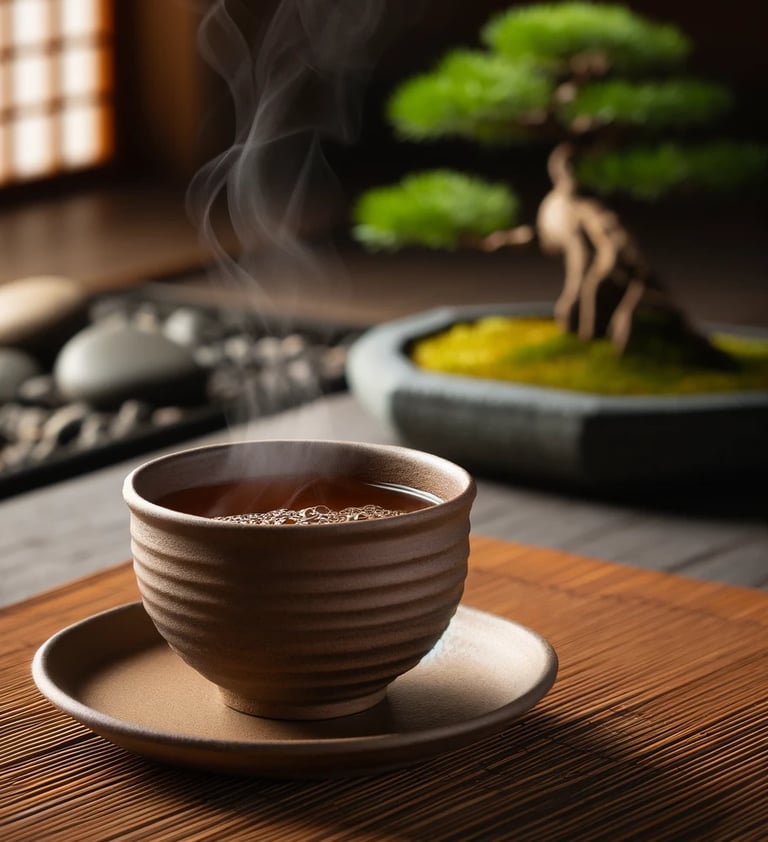

Japanese culture is synonymous with sophistication and luxury — from the precision of omakase dining to the elegance of Japandi interiors, a refined blend of Japanese minimalism and Scandinavian hygge that has charmed the design world.
Now, a different kind of Japanese artistry is making waves in the luxury wellness world: hōjicha. Once a quiet staple of Kyoto teahouses, it has emerged as the chic alternative to matcha — an It-girl favourite savoured in artisan ceramics.
"Hōjicha is the chic, slow-luxury alternative to matcha — and it’s brewing quietly on the world’s finest menus."
What is Hōjicha, Exactly?
Hōjicha is a Japanese green tea crafted from roasted sencha, bancha, or kukicha leaves. Traditionally enjoyed as a loose-leaf infusion, it is also available as a finely milled powder — perfect for creating hot or iced lattes. Often compared to matcha, hōjicha offers its own distinctive character and benefits.
While the classic matcha latte is vivid green with a fresh, grassy profile, the hōjicha latte is a velvety mocha hue that invites slow indulgence — with nutty, cocoa undertones and hints of smoky caramel. Despite its rich colour, hōjicha (unlike coffee) contains only a trace of caffeine.
With Caffeine, Less is More
The difference is significant. A cup of coffee contains approximately 95mg of caffeine. Matcha can deliver between 38–88mg of caffeine per serving, while hōjicha offers a gentler experience with significantly less — ideal for those seeking calm focus without the caffeine crash.
It’s important to note that excessive amounts of caffeine have been shown to increase anxiety, raise blood pressure and cause fatigue, so choosing hōjicha allows you to get your green tea fix in style while embracing the art of mindful living over jitters.
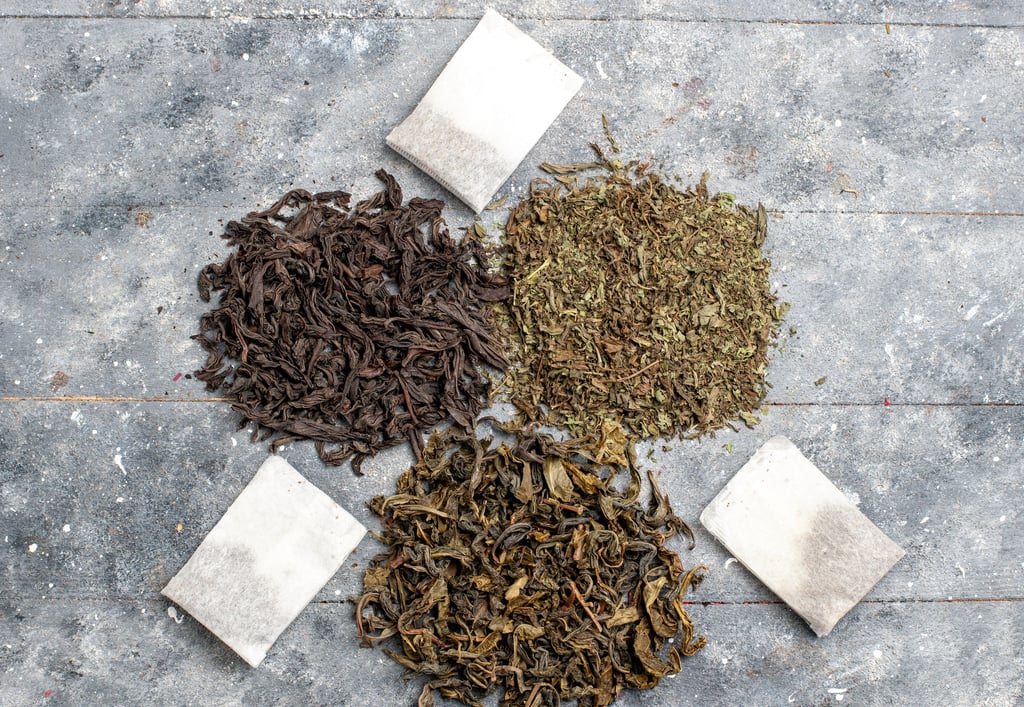


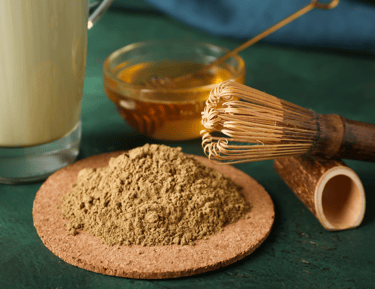
Hōjicha and Health: The Science
To make hōjicha, the tea leaves are charcoal-roasted at a high temperature after harvesting until they are a reddish-brown colour, naturally removing most of the caffeine, while to make matcha, the tea leaves are unroasted and so remain green and high caffeine.
But hōjicha is not just low in caffeine. Like matcha, it’s rich in antioxidants and L-theanine — a compound known to decrease stress and enhance mental clarity — as reported by the Financial Times.
It’s true that the roasting process means hōjicha contains fewer antioxidants than matcha, as reported by Vogue. However, this same roasting imparts unique benefits: by lowering acidity, hōjicha becomes a gentler choice for both palate and body — soothing digestion and aligning with the slow, restorative rituals of Japanese tea culture.
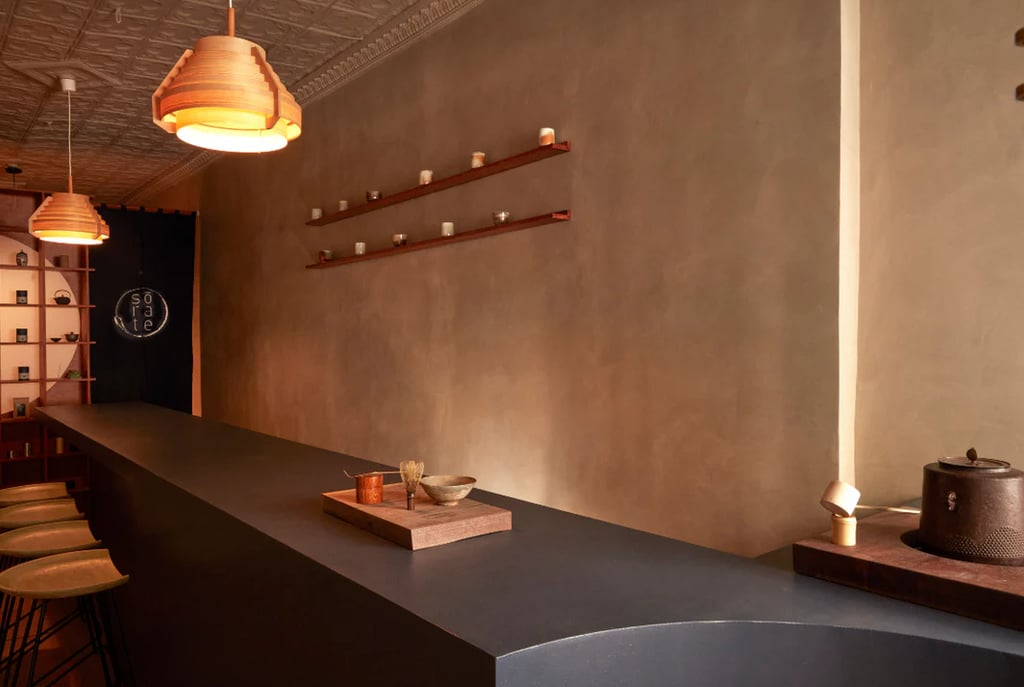

From Boutique to Brilliance: Where to Taste the Hōjicha Hype
The rise of hojicha in the global luxury scene hasn’t been limited to more traditional tea rituals. Around the world, upscale cafés and artisan brands are infusing the roasted green tea into curated menus, chic lattes, and innovative desserts — creating a lifestyle moment that blends taste with trend.
In Kyoto, the historic Chikiriya Tea Shop offers a curated selection of hōjicha teas and hojicha-flavoured jam — a modern twist on centuries-old heritage.
In Paris, Tokyo-based Jugetsudo has opened a luminous teahouse on Rue de Seine, where guests sip hōjicha beneath a ceiling inspired by a bamboo forest, fusing Japanese tranquillity with Parisian chic.
In SoHo, New York, Sorate Teahouse — which sources its hōjicha ethically from a Kyoto family-owned farm — has launched a line of hōjicha gelato, perfect for conscious connoisseurs.
London’s Matchado Café leads the charge with its range of premium hōjicha delights, including cream biscuits, sugar-free granola, and decadent white chocolate scones — all housed in a sleek Japanese-inspired setting.
And for a stylish retail moment? Jenki’s matcha bar inside Selfridges London now serves hōjicha lattes, allowing visitors to sip in style as they browse one of the world’s most iconic department stores.
From teahouses to tastemakers, hōjicha is being reimagined as a luxurious lifestyle choice — where aesthetic, wellness, and indulgence meet.
Photo credit: Sorate Teahouse
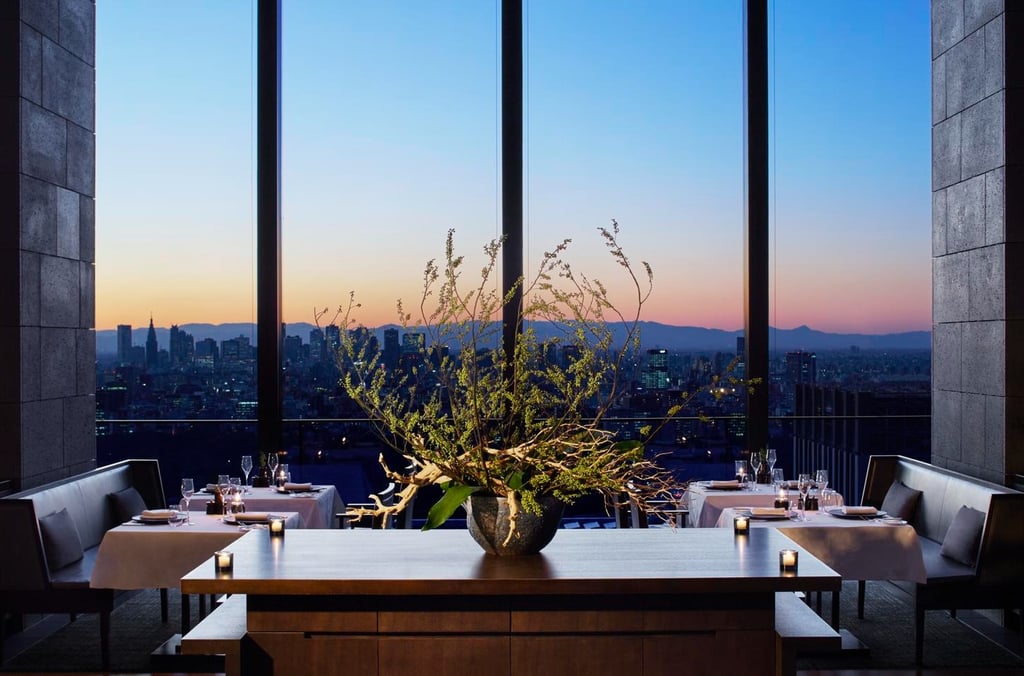

Hōjicha Around the World: The Luxury Address Book
Far beyond trend status, hōjicha has quietly become a signature offering in some of the world’s most exclusive hospitality destinations — served in fine porcelain, paired with curated menus, and celebrated as a symbol of serene refinement.
In Japan, iconic properties like Aman Tokyo and The Ritz-Carlton Kyoto present hōjicha alongside seasonal wagashi in tranquil tea lounges overlooking rivers and gardens. It’s not just a drink — it’s an experience of place and ritual.
In Singapore, the legendary Raffles Hotel sources small-batch hōjicha directly from Kyoto, offering it as part of a bespoke tea service designed for discerning travellers.
In the U.S., hōjicha has made its mark in the elegant afternoon teas at The Peninsula New York and Mandarin Oriental Boston, where its smoky, mellow flavour provides a sophisticated alternative to traditional blends.
Photo credit: Avra at Aman Tokyo
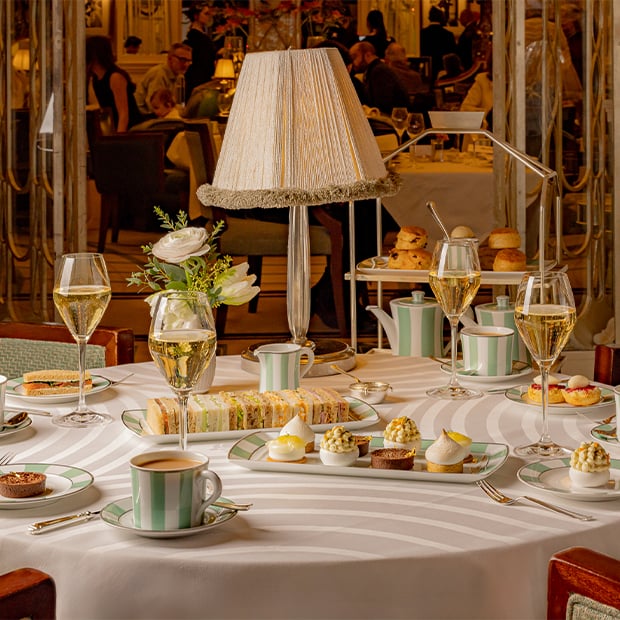

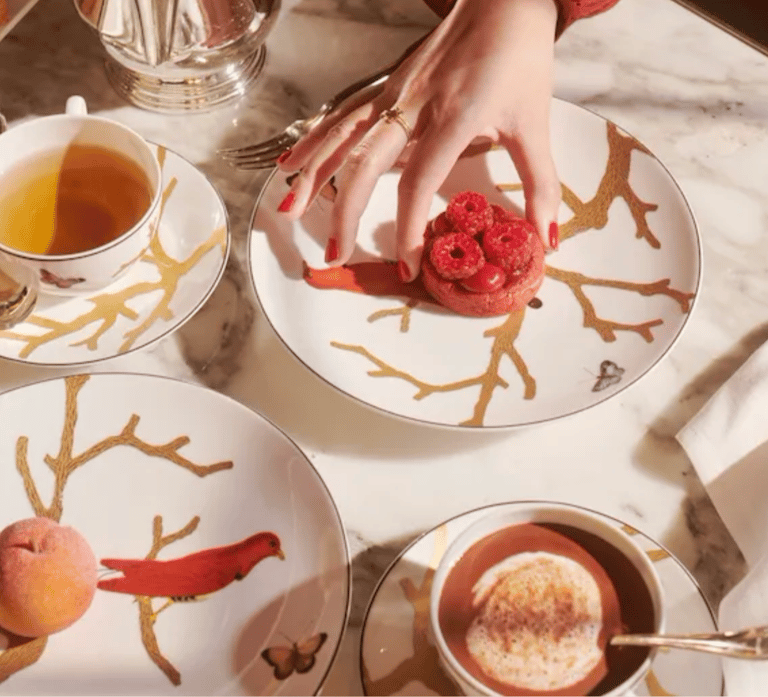

Photo credit: Le Meurice Paris
Photo credit: Claridge's London
In Europe, Hôtel de Crillon, Paris, and Claridge’s London have both infused seasonal dessert menus with hōjicha — from roasted tea ganache to limited-edition crème brûlée — adding depth and distinction to their celebrated culinary experiences.
At Le Meurice, Paris, hōjicha is served in delicate bone china alongside pastries inspired by haute couture. And at The Peninsula Hong Kong, the famed Lobby Lounge pairs hōjicha with East-meets-West patisserie in a flawless union of cultures.
As hōjicha continues to grace the menus of the world’s finest establishments, it confirms its role not just as a tea — but as a refined, global statement of taste.

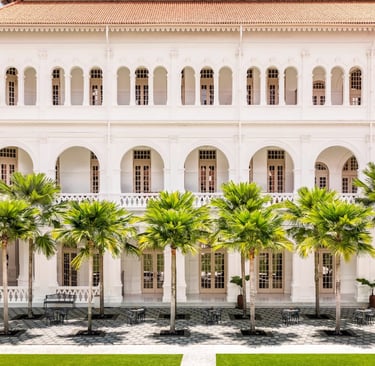
Final thoughts
Hōjicha is not just a tea but an immersive experience, with teahouses getting creative and combining it with luxurious food products or even luxury shopping. It’s clear that excitement about hōjicha is brewing on a global scale, and it’s not hard to see why. Hōjicha captures a refined ‘less-is-more’ philosophy, offering an antidote to the pace of modern life — a luxurious pause in a porcelain cup.
So, if you’re able, try a hōjicha latte near you. A mild caffeine boost that doesn’t overwhelm the nervous system or cause a sudden crash of energy, hōjicha is the perfect ingredient for your pre-workout snack or pick-me-up in the afternoon. It’s slower, more soothing and kinder to the body than either coffee or matcha. And if the world’s luxury tastemakers are any indication — this is more than a trend. Hōjicha is here to stay.
Photo credit: Raffles Singapore
Discover more...
Embrace the Art of Luxurious Living
Curated luxury experiences for discerning individuals worldwide.
© 2025. Stylish London Life. All rights reserved. Stylish London Life is not liable for the content of external websites linked to this platform. Part of SLL Global Living Ltd (16177510)
